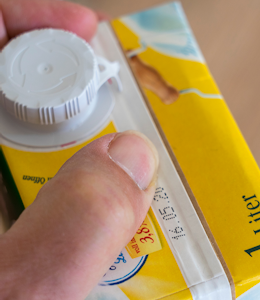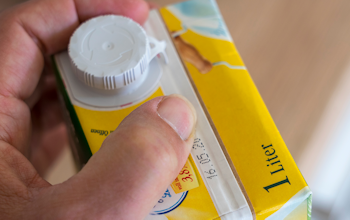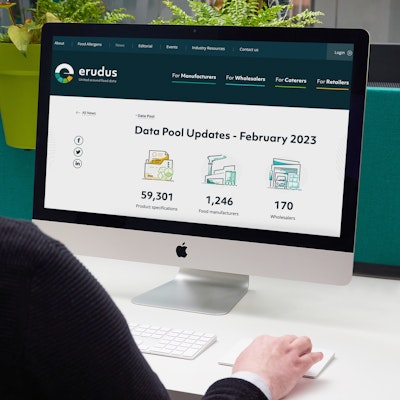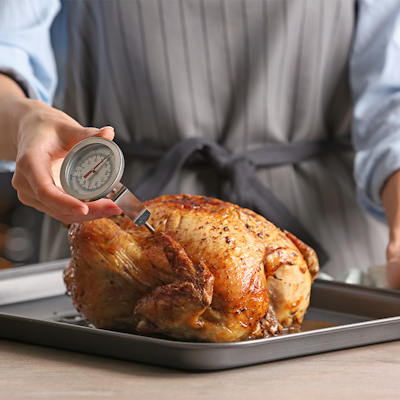What you need to know about E. coli
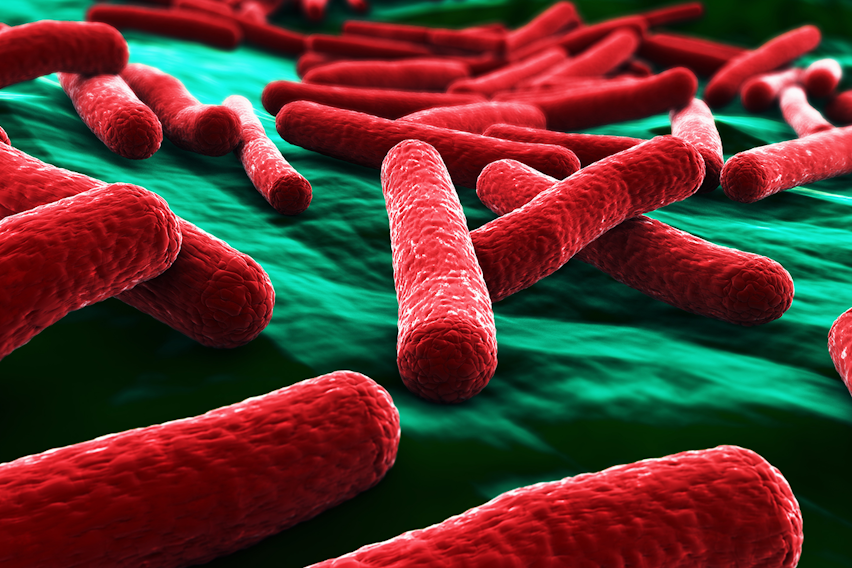
Hot weather is a breeding ground for bacteria.
And since we know that foodbourne illnesses are on the rise, it’s more important than ever that food businesses (as well as consumers and businesses in other sectors) understand the dangers of different foodborne bacteria and the measures that can be taken to prevent outbreaks.
Here at Erudus we’ve already taken a closer look at Salmonella, and now we’re delving into the facts and advice you need to know regarding E. coli.
What is E. coli?
Escherichia Coli (more commonly referred to as E. coli) is a type of bacteria that can cause severe food poisoning. Most cases of foodborne illness caused by E. coli are generated by Shiga toxin-producing E. coli (STEC) such as E. coli O157, though there are many strains of this bacteria that are harmless to humans.
These strains of E. coli produce toxins called Shiga-toxins, which are able to destroy red blood cells - potentially triggering kidney failure and a serious condition called hemolytic-uremic syndrome.
The most common symptoms of food poisoning caused by STEC include abdominal cramps, diarrhoea, fever and vomiting.
What food products are E. coli found in?
E. coli O157 is often found in raw and undercooked meats and fish. However, it can also be spread through other contaminated foods, such as:
- Water
- Milk and dairy products
- Leafy vegetables/salads
- Fruits
- Sprouts and sprouted seeds
- Herbs & spices
- Uncooked flour and dough
It is also important to note that it is possible to catch E. coli from person-to-person contact.
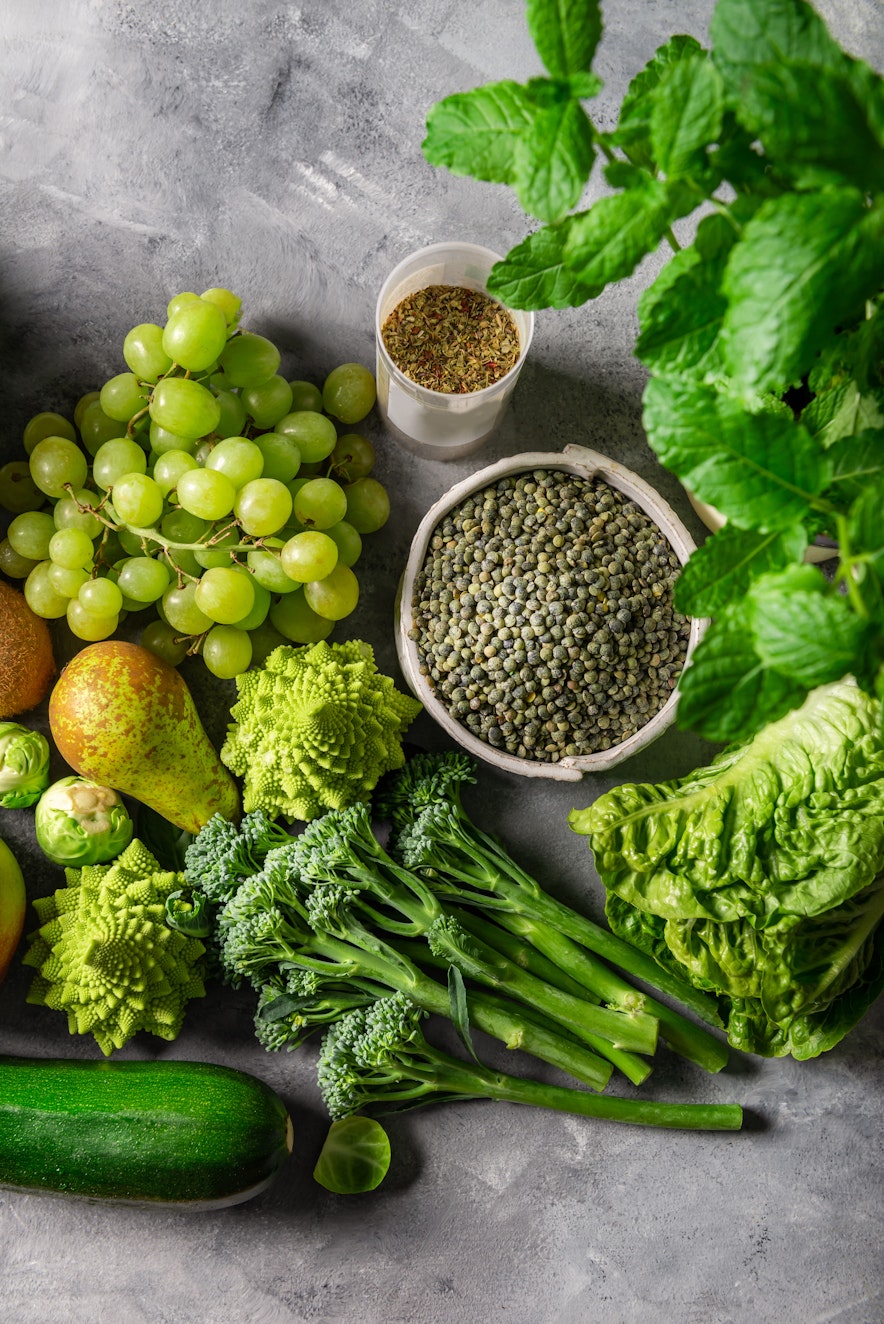
How can you prevent the spread of E. coli?
To prevent the spread of bacteria such as E.coli, control measures should be in place at each stage of the supply chain, all the way from farming to processing, manufacturing and preparation of foods - both commercially and in household kitchens.
Ideally all work areas, surfaces and equipment that are used in the production of raw and ready-to-eat food should be separated using different rooms, staff and equipment. However, if this is not possible then the areas must be cleaned and disinfected following specific legal requirements. You can find further guidance on these requirements here.
Staff must wash hands using a recognised technique (such as those provided by the NHS), and whilst anti-bacterial hand gels can be used as an additional precaution following hand washing, they must not be used as a replacement or alternative.
Equally, gloves should not be used as a replacement for handwashing. If gloves are being used they should be changed whenever hands are washed and vice versa. It is also essential that any chemical disinfectants and sanitisers that are used meet officially recognised standards, and the dilution and instructions of use are followed accurately.
How can consumers avoid E. coli at home?
Like other types of bacteria, E.coli thrives in the “danger zone” between 8°C and 60°C. This is because at temperatures below 8°C the growth of bacteria is significantly slowed down or even stopped, and above 60°C it starts to die. Standard advice from the Food Standards Agency (FSA) is to cook food until it reaches 70°C for 2 minutes.
However, it is important to check the food safety advice specific to the geographical or organisation standards being followed - for example the Food Standards Scotland (FSS) suggests that food reach 75°C.
There are a few steps that can be taken at home to help keep your food safe from E.coli:
- Chilling food below 8°C
- Cooking food correctly (by following the guidance on time and temperature)
- Avoiding cross-contamination
- Adhere to the “use by” date on food and drinks label
- Maintain good personal hygiene
How do you test for E. coli?
As with most micro-data, the food safety criteria for the presence of E. coli varies depending on the specific species and food type. For example, sprouts should have 5 samples taken, with the desired result being an absence of STEC O157, O26, O111, O103, O145 and O104:H4 in 25g.
More information regarding the specific safety criteria for different food products can be found here.
How can Erudus help
Erudus allows you to fill in Microbiological Fields for your products so that you can make information about microbiological testing and standards to product specifications available to anyone who needs it - for example, Wholesalers and Caterers.
It is important that all your microbiological data is up to date and accurate on specifications, as it is often used by Wholesalers and healthcare professionals to clearly display the quality and food safety standards expected.
For more information on the microbiological fields in Erudus please see here.
You may also be interested in…
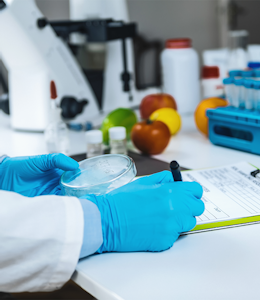
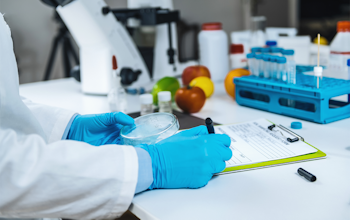
You may also be interested in…
The importance of using Microbiological fields
ReadYou may also be interested in…
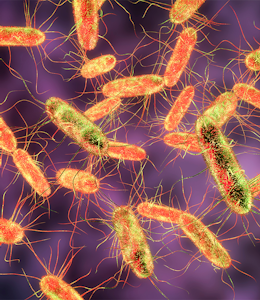
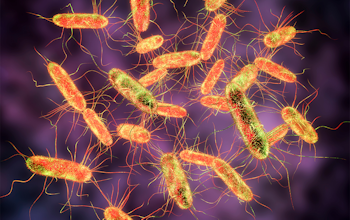
You may also be interested in…
